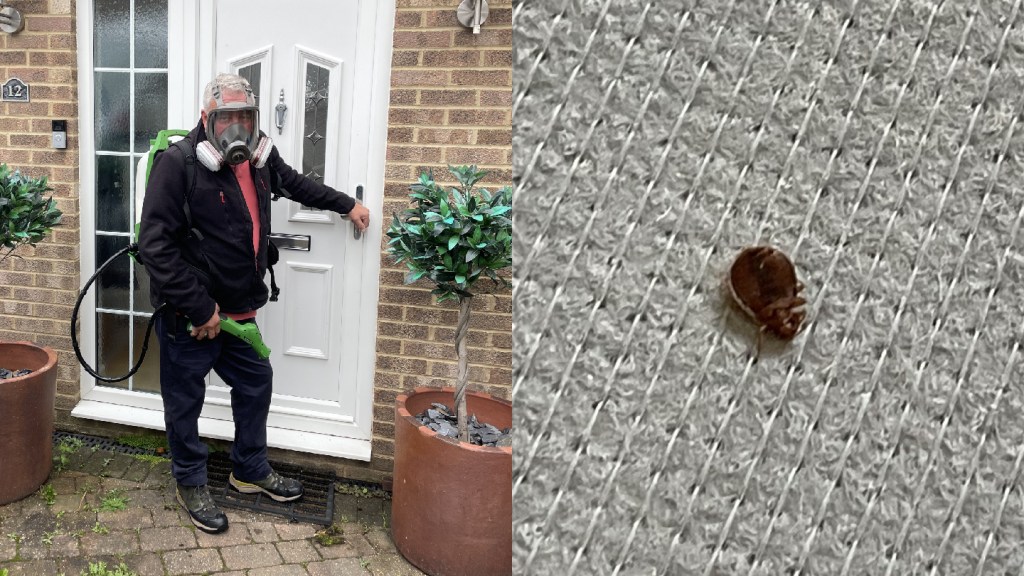Here in China, old people like to teach me things. There’s been many an Over-50 who’s launched into a cultural lesson upon seeing my blonde hair and blue eyes—not the least of whom has been my Chinese teacher, who once brought a sack of rabbit heads to our lesson to teach me how to eat them. There have been shop-owners who have taught me Mandarin phrases, and colleagues who have instructed me in proper badminton techniques. The old man at Hangzhou’s National Tea Museum was no different.
“Hello!” he said. “Are you interested in tea?”
Videos by VICE
“Yes,” I said.
“Do you like coffee or tea better?” his wife chimed in.
“Coffee,” I said.
They burst into laughter. To traditional Chinese types like this old dude and his wife, coffee culture is a mere thorn in the side of the more dignified and ancient culture of tea. And to be honest, they’re pretty justified in thinking so.
China was the first civilization to discover and begin drinking tea thousands of years ago, and the leaves have been used for everything from royal tributes to medicine since. Emperors of dynasties past designated imperial tea varieties and had their leaves brought in from far away. And even today, major Chinese politicians offer cases of fine tea leaves to each other as diplomatic gifts.
Out of the many famed, ancient varieties of Chinese tea has risen one star in particular: West Lake Longjing. Longjing—or Dragon Well—is the signature tea of Hangzhou, my adopted city in China, which served as China’s capital during one of its artistic and intellectual peaks. And while the modern, lived-in city of Hangzhou is little more than a mess of noodle joints and concrete, tourists flock to the scenic, historical sections for which it is famous: the picturesque West Lake, the teahouses on Old Hefang Street, and, most importantly, the Longjing tea fields.
The fields themselves stretch for miles across the undulating topography of the region. Among them sits Longjing Village, where tourists shell out Mao-faced yuan notes for pricey tea cakes and tea ceremonies. Many visit a plantation on top of the largest hill to take photos next to the dragon well—a cute (but overall underwhelming) spring in the center of the garden.

Despite the occasional tourist van or tour group of cane-toting retirees, the visitors at Longjing Village feel less like tourists and more like pilgrims. And it’s this spirituality, this cultural significance of the tea, that makes Longjing so important. Tea here isn’t just enjoyable. It’s a really, really big deal.
It’s also expensive. As it is with wine, the perfect glass hinges on many factors, and it’s judged not only by taste, but also smell and appearance. “Professional assessors grade and price tea by using their sense with the aid of specialized instruments,” reads one of the panels at the tea museum.
The best Longjing Tea comes from the hills surrounding Longjing itself, known as the West Lake Scenic Area of Hangzhou. The whole area resembles a classic Chinese painting, or fairyland, really, and only select plantations within its limits are allowed to tack on the “West Lake” label.
Adding the “West Lake” distinction alone merits a price hike, but that’s not all. Much of Longjing tea is separated into pre-Qing Ming and post-Qing Ming, Qing Ming being the “Tomb-Sweeping Festival,” a Chinese national holiday at the beginning of April. And while some families sweep the tombs of their ancestors in its observance, the harvesters in Longjing are busy picking the most expensive leaves of the year. The ten days before Qing Ming count as pricy, “pre-Qing Ming” tea.
As with many expensive things in China, it’s become a status symbol. A wealthy administrator at my workplace was able to snag some pre-Qing Ming just three days before Qing Ming itself, and served it to me with pride.

“This tea is very expensive,” she said with a wink.
In Longjing, a small case of these leaves can cost over $100. But to unaccustomed Westerners like me, it’s rarely worth it—brewing these leaves requires knowledge of Chinese tea-making processes, and a perfect cup hinges on the tea set used, the type of water, the ratio of water to leaves, and how long the tea is steeped.
As such, Hangzhou and its surrounding tea fields are largely a destination for Chinese, not international, tourists. But not for lack of trying on the city’s part—being one of the city’s small population of foreigners, I was recently asked to model for a campaign promoting green tea to foreigners. (For the record, I’m not a model. I’m just white.)
Here’s the problem, though: Even if we foreigners do start trickling in to Longjing Village, we’d be wholly unaware of just how important this tea culture is. After a year in Hangzhou, I’m still unable to taste the difference between good tea and bad tea.
But I am aware, at least, of its significance.
“I’m Chinese,” explains the old man at the tea museum. “I like to drink tea every day.”
I smile.
“And smoke!” he adds, with a cigarette-scented laugh.



